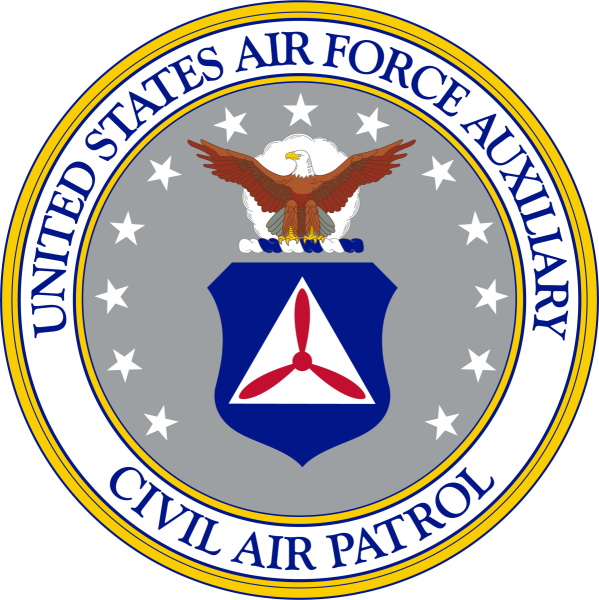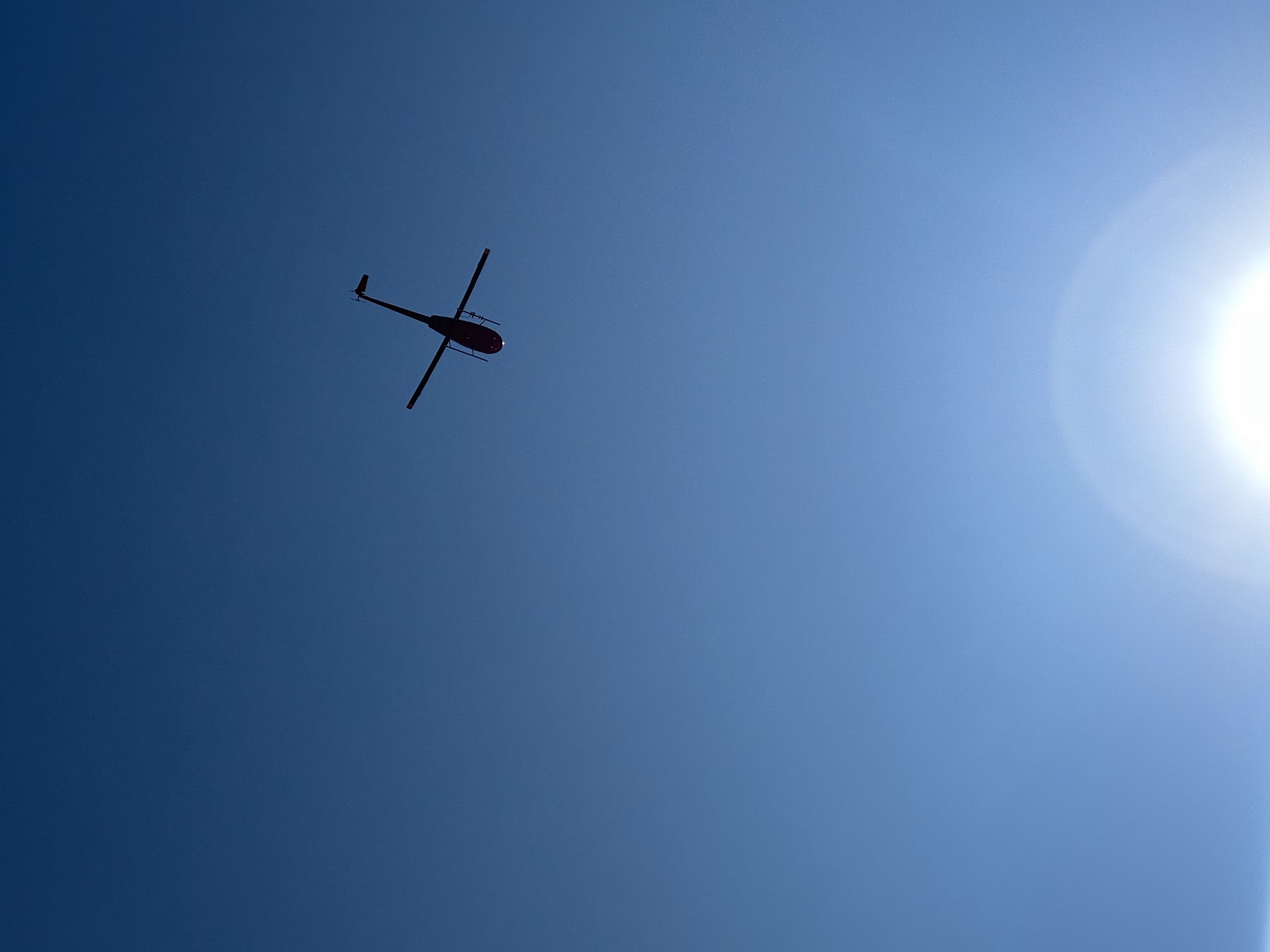ASHEVILLE, N.C. (828newsNOW) — During the height of the wildfires that have swept through western North Carolina in recent weeks, a group of volunteer pilots served a vital role in dousing the flames.
The Civil Air Patrol is a federally funded, 501(c)3 nonprofit volunteer auxiliary of the United States Air Force. Originally founded in 1941 as a civilian national defense service, CAP continues to aid the U.S. Air Force today through three missions:
- Promoting aerospace education
- Training youth cadets
- Administering emergency services
The emergency services aid that CAP provides has been vital to N.C. as the state has dealt with floods, fires and other disasters.

“That is the mission that I am over for North Carolina wing and that includes various missions such as search and rescue, disaster support, and really anything we can do benevolently and for humanitarian purposes,” explained Major Matt Chirik, the director of emergency services for the N.C. chapter of CAP.
Chirik said that dealing with the wildfires was a somewhat new mission for the N.C. CAP wing. However, the crew quickly rose to the occasion.
Most of the aircraft used by CAP to assist W.N.C. with the wildfires were Cessna 182s: small four-seat, single-engine planes.
Two of the 182 planes CAP used for the fires were outfitted with infrared cameras. The thermal cameras were a huge asset for North Carolina Emergency Management, which enlisted CAP to assist with nighttime flights to determine how far and fast the wildfires were spreading.
“It was great to be able to operate and have our flights working with state emergency management and forestry to be able to get data that was used for real-time, situational awareness,” Chirik said. “And could’ve potentially saved lives, depending on the direction and speed of the fire spread.”
As a volunteer organization, CAP members come from all over. For instance, Chirik works as a firefighter in Charlotte, N.C.
“We have members from all walks of life that do everything from accountants to police officers,” Chirik said. “We have lots of members throughout the state that are involved in different emergency services like fire, law enforcement, EMS.”
CAP members also played a major role in helping W.N.C. survive and recover from Hurricane Helene.
“Civil Air Patrol was very heavily involved in different aspects of Hurricane Helene response. We had aircraft flying to do imagery, and that imagery goes back to North Carolina Emergency Management, as well as FEMA, and that imagery is used for real-time disaster assessment,” Chirik said.
CAP also made sure federal grant money made it to hard-to-reach locales, flew missions in conjunction with aquatic rescue teams to identify survivors and worked closely with distribution sites to hand out supplies.
It won’t take another natural disaster for CAP to keep flying missions.
“The missions never really stop for us,” Chirik said. “Our mission set is always there. We’re a search-and-rescue agency and we’re also there to support the state as needed, as it falls within our mission set. We’re always ready for the next thing.”
For more information about the Civil Air Patrol, visit www.gocivilairpatrol.com.


